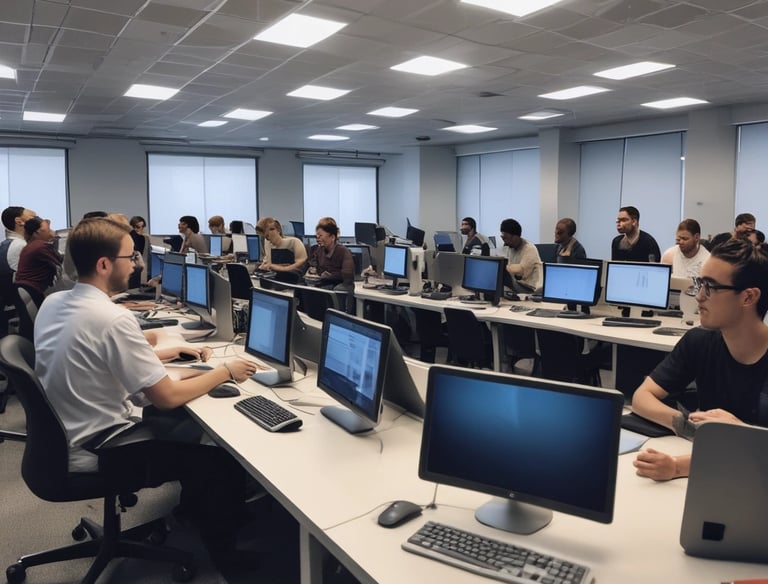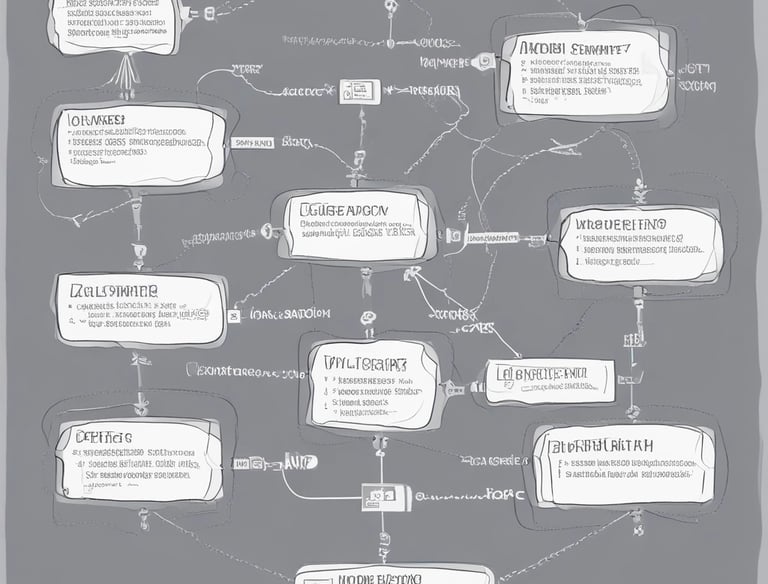From Design to Operation
We apply the formal and well-established ITSM methodology, technically and theoretically optimised over the years by our specialists, to ensure perfect integration between people, processes, and IT systems.
People


People will always be the central point; ensuring motivation, communication, and training of the workforce is not a simple task, but we know how to achieve it.




Processes
Well-defined and optimised processes mean nothing if people do not know, trust, understand their necessity and purpose, and follow them — we build that bridge from start to finish.
Most of the time, IT systems are required to support processes and assist people; we are here to ensure nothing is missing, always considering technical and budgetary constraints.
Systems
Processes
We understand Processes as the fundamental point to ensure maximum efficiency of people and systems; a well-made "programming" ensures people know what to do in each situation and that IT systems support those actions. Besides improving operations, it guarantees predictability and mitigates both operational risks and risks during internal and external audits.
Needs Assessment
Identification of organisational objectives.
Risk analysis, bottlenecks, and improvement opportunities.
Process Design and Mapping
Service Catalogue
Current State Analysis (AS-IS)
Benchmarking
Optimisation, Simplification and Redesign (TO-BE)
Elimination of unnecessary or redundant steps.
Inclusion of automations (RPA, workflows, systems).
Validation and Pilot Testing
Implementation and Operationalisation
Establishment of KPIs
Communication and Dissemination
Creation of reference materials
Training and Capacity Building
Initial Monitoring and Support
Periodic Review
Systematic evaluation of results versus objectives.
Identification of necessary improvements or adaptations.
Cyclical repetition of the improvement process.


Daily IT Operation
Effective IT operation ensures the uninterrupted functioning of services, from physical equipment to processes and people.
It involves asset management, capacity planning, continuous monitoring, and rapid incident response, all within the criteria agreed in the SLA.
Under normal conditions, ITSM guarantees operational efficiency and cost reduction:
Asset and operational management of hardware (PCs, servers, switches, routers, etc.)
Updated inventory with location, warranties and asset lifecycle
Monitoring of critical services, networks and systems
Technical support and incident resolution
Execution of backup routines and preventive updates
And much more
Business Continuity
IT does not only live on "normal" days, and we need to be prepared for blackouts, strikes, cyberattacks, fires and other emergencies identified in the operational risk analysis.
We develop robust plans that ensure continuity of operations, minimising interruptions and securing organisational resilience in adverse scenarios.
Business Continuity Plan
Risk Analysis
Execution of recovery procedures
Technical support in failure, cyberattack or disaster scenarios
Teams trained with clear roles and defined protocols
Prior training and regular drills
Post-incident evaluation and improvement (lessons learned)




Contact
📱 WhatsApp: +351 934 881 055
© 2025. All rights reserved. [it+]sm
![[IT+]SM logo](https://assets.zyrosite.com/cdn-cgi/image/format=auto,w=375,fit=crop,q=95/dWxOa6DpBocnnPPw/itsm-A0xjgn3nn6FLQGD8.png)